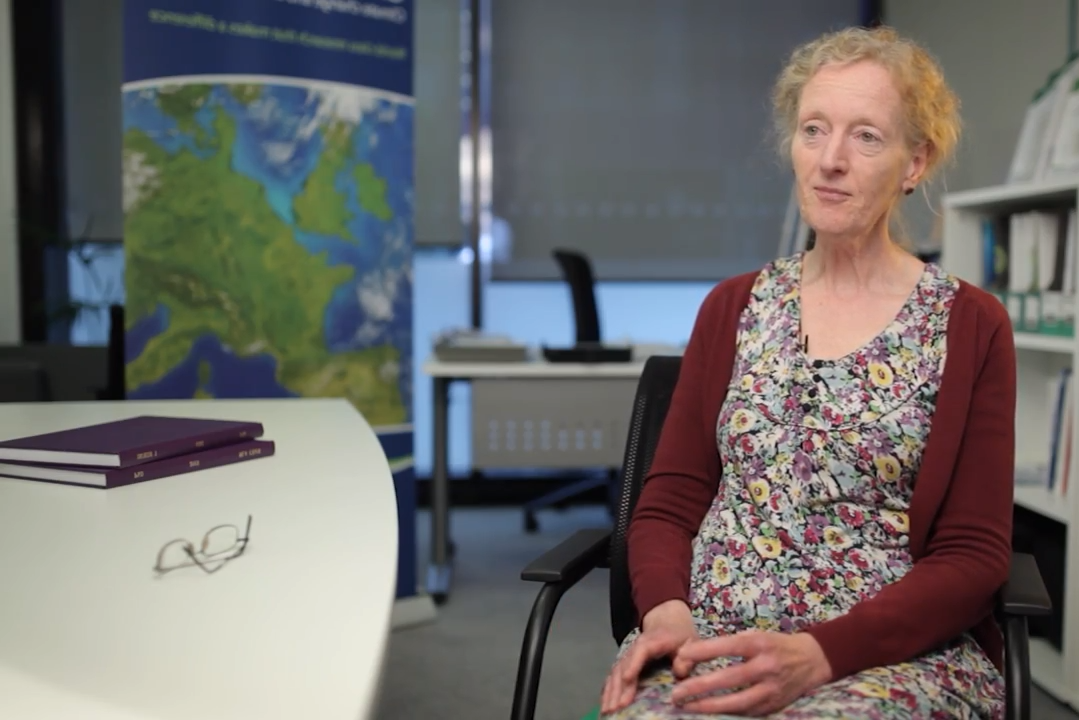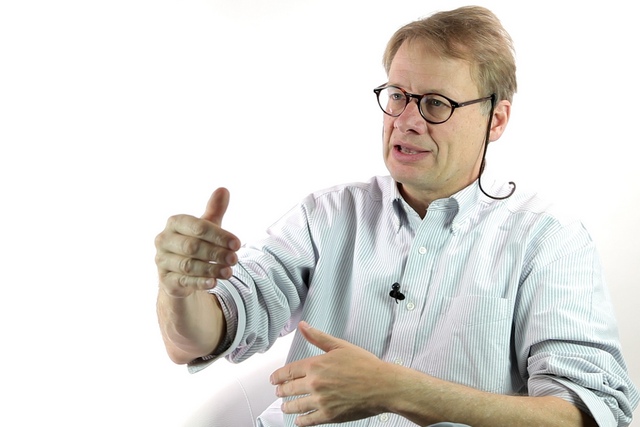Collisions of Elementary Particles with Atomic Nuclei
Nobel Prize laureate Roy Glauber on Rutherford’s experiments, exploring uranium fission products, and development of the nuclear weapon
videos | July 1, 2014
How the idea of using nuclear chain reaction as weapon emerged? What scientists contributed to the study of the structure of matter on scales smaller than atom? Mallinckrodt Professor of Physics at Harvard University and Noble Prize winner in Physics Roy Glauber speaks on the history of using accelerators in exploring the properties of nuclei.
He discovered to his amazement that these gold films consisted mostly of empty space and there had to be more or less point sized positive particles that repelled those alpha particles. And by looking carefully at the angular distribution of scattered alpha particles, he determined that atoms were mostly empty space with a massive nucleus at the center. So our whole picture of what the atoms really like inside comes from around the turn of the 20th century.
What Hahn found was that the lifetimes of many of these things correspondent to the elements that he was already familiar with, nuclei he was familiar with, which were only in the middle of the atomic table. It made not a great deal of sense, this particular collection of coincidences, so we decided to follow the chemistry of these things. And the chemistry is something you can follow remarkably well just a few atoms at a time because they’re radioactive, they always tell you where they’re going, they’re tagged in a sense. So this remarkable chemistry persuaded him that these elements produced by shooting neutrons at the heaviest element were in fact about half as heavy as the element uranium.
They came and asked me to go out west and join a new project which was starting. And it was a great mystery what in the world was going on in that project, it was kept as secret as they could make it. I have found out by snooping around all sorts of things and two-thirds of them were completely wrong, but when I got out there it was cleared by the security people, the guy who ran the experimental division asked me what I had been able to find out, what they might be working on. He just wanted to see what sort of thing one could pick up by rumor and I told them I thought they were trying to start the chain reaction, and he chuckled and said: “Well, that was about 14 months ago we did that, we’re trying now to make an explosion or bomb.” And I must say I was terribly shocked and disappointed by that.





























